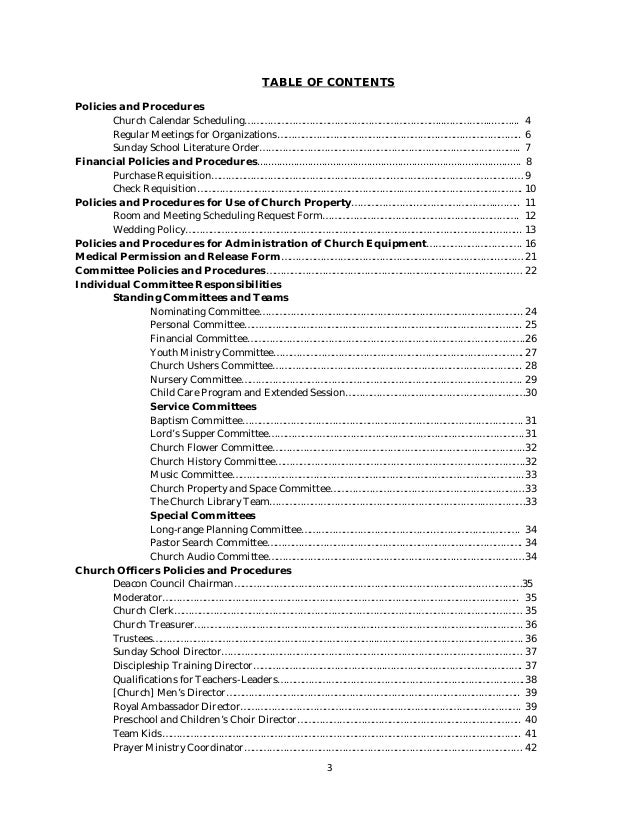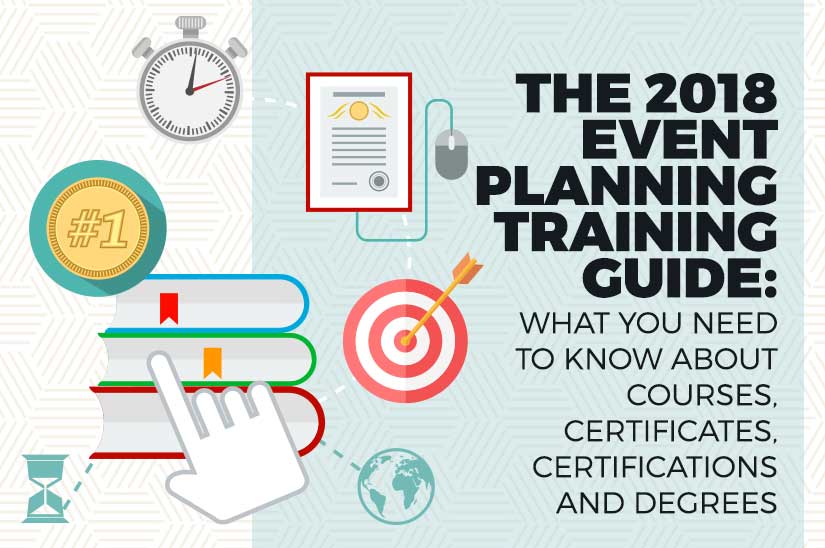Meeting Procedures Training Manual
. Corporate Safety Policy - a perfectly written corporate policy ready for you, your President, CEO, or Boss to sign off showing that you have Management Commitment - from the top!. Company Policies and Procedures - includes important statements about how to handle first aid requirements, how your company will handle OSHA record-keeping requirements, general Do's and Don'ts that every company needs to put in writing, safety management responsibilities, and one of the key policies that OSHA looks for: Disciplinary Actions for Willful Unsafe Acts. (11 pages).
The NTC has developed standards to evaluate training procedures in. Day of training. (6) Open the Sunday staff meeting to welcome the. Instructor's Manual.
- Leaders and members conduct meetings of high quality and effi ciency and give. The text of this Handbook of Parliamentary Procedure is in harmony with the.
- Many portions of this workshop have been modified from the training of Ingrid Bens and her. Of conflict can help guide the meeting planning and process.
OSHA Inspection Procedures - you and your team need to know what to do and have a plan for when OSHA shows up on your job site. Do not wait until then. This written program will guide you, and it will be like having a safety consultant in the palm of your hand. (4 pages). Housekeeping Program - even the simple subject of housekeeping isn't so simple.
OSHA Standard 1926.25(a) requires a contractor to meet specific requirements, otherwise you could be exposed to serious fines and penalties. Hazard Communication Program - One of the the standards consistently listed in the the Top 10 Most Frequently Cited Standards is the OSHA regulation on Hazard Communication. As part of this Free Safety Manual you'll get a written 'HazCom' program that includes the requirements for the Hazard Communication Standard (HCS) which is now aligned with the Globally Harmonized System of Classification and Labeling of Chemicals (GHS). Personal Protective Equipment (PPE) - don't get blind-sided by failing to know that you are responsible for both PPE bought by the company and employee-owned equipment. Not to mention, a PPE analysis is required by certain OSHA rules.
(5 pages plus a FREE PPE analysis worksheet form). Stairway and Ladder Safety Program - make sure to document your safety requirements in writing for stairways and ladders used on your job sites with this program.
Fall Protection Program - another heavy hitter in the Top 10 Most Frequently Cited Standards and a critical document needed to show any Prime, General Contractor, or Inspector. Be sure you've got the training required in this important written program or face potential fines, citations, and penalties. Equipment, Tools, and Ground Fault Safety Program - Often over-looked but rarely missed by the savvy inspector are the requirements for extension cords, power tools, and GFCIs. Be sure to have it in writing!. Lockout/Tagout Program - who are the Authorized Employees at your company? Who should be considered affected and what do you do when you've got three or four individuals working on the same project exposed to deadly energy sources?
Don't miss out on important information that should be included in your Safety Manual. Section 1 CORPORATE SAFETY POLICY Section 2 COMPANY POLICIES AND PROCEDURES Program Requirements 2 Written Individual Programs 2 Health and Safety Program Responsibility.
2 Job Safety Planning and Analysis. 3 Routine Safety and Health Inspections 4 Safety Meetings 5 Hazard Reporting. 5 First Aid Procedures. 5 Accident Investigation. 6 General Safety Rules for all Employees 7 Fire Prevention and Protection. 8 Evacuation Procedures 8 Recordkeeping Requirements 9 Disciplinary Actions for Willful Unsafe Acts.
11 Section 3 OSHA Inspection Procedures Program Requirements 2 Responsibility. 2 Training Requirements. 2 Receiving the Compliance Officer 2 Opening Conference. 2 Walk Around Inspection. 3 Closing Conference. 4 Follow-up Actions. 4 Section 4 HOUSEKEEPING PROGRAM Program Requirements 2 Responsibility.
2 Training Requirements. 2 Housekeeping. 2 Hazard Assessment. 3 Housekeeping Procedures. 3 Section 5 HAZARD COMMUNICATION PROGRAM Program Requirements 2 Responsibility. 2 Training Requirements 2 Labeling Requirements 3 Safety Data Sheets and Hazardous Materials Inventory List.
4 Non-Company Employees Program. 4 Trade Secrets.

4 Non-Routine Tasks. 4 Chemical Storage. 5 Section 6 PERSONAL PROTECTIVE EQUIPMENT PROGRAM Program Requirements 2 Responsibility. 2 Training Requirements. 2 Hazard Prevention and Control. 3 PPE Needs Analysis. 3 General PPE Requirements 4 Section 7 STAIRWAY AND LADDER SAFETY PROGRAM Program Requirements 2 Responsibility.
2 Training Requirements 2 Stair Safety. 3 Ladder Safety. 3 Inspections. 5 Section 8 FALL PROTECTION PROGRAM Program Requirements 2 Responsibility. 2 Training Requirements. 2 Jobsite/Work Area Evaluation.
3 Fall Protection Systems 3 Inspection and Maintenance 5 Definitions. 6 Section 9 EQUIPMENT, TOOLS, and GROUND FAULT SAFETY PROGRAM Program Requirements 2 Responsibility 2 Training Requirements.
2 General Requirements. 3 Ground Fault Protection. 3 Equipment/Tool Selection. 4 Equipment/Tool Precautions. 4 Inspections and Recordkeeping. 5 Section 10 LOCKOUT/TAGOUT PROGRAM Program Requirements 2 Responsibility.
2 Training and Communication. 2 Specific Responsibilities.
3 Written Energy Control (Lockout/Tagout) Procedures. 4 Lockout/Tagout Steps.
4 Group Lockout/Tagout Procedures. 5 Lockout/Tagout During Shift or Personnel Changes 6 Tagout Only Procedures. 6 Definitions.
Customer Service Training Manual
Meeting procedures A range of procedures may happen at your meetings. Many of them will be specific to the purpose of your association. However, you should be familiar with these formal procedures that may come up in your meetings. Voting Voting for office-bearers usually takes place at the. The meeting chair is responsible for:.
supervising the vote. administering the process. Set out the process in your association’s rules. Depending on your association, the process might be:. a show of hands.
ballot papers. Absentee voting If a member can’t attend a meeting and still wants to vote, they may be able to do so.
You will need to outline the ways they can do this in your association rules. These might include:. appointing a proxy. using technology to remotely participate. appointing a lawyer to represent them.
sending a postal vote. Think carefully about whether to allow postal voting. If you allow it, you will need to set out in the rules:. what form it takes. how the process will work.
Model rules The model rules allow voting to be done:. in person.
by proxy. by attorney. by using any technology that allows a member to take part in discussions in real time. Minutes Your incorporated association must record minutes at all meetings. This includes:. the AGM. committee meetings.
general meetings. Recording the minutes The minutes should record information at the start of the meeting, such as:. details of the day, date and place of the meeting.
the starting time of the meeting. the names of those present. apologies received from non-attendees. a statement from the meeting chair that. a quorum is present. the meeting has been duly constituted. a statement that the minutes of the previous meeting are correct (signed by the meeting chair).
The minutes should also record the ongoing procedures of the meeting. These include details of:. every resolution or decision, including an overview of the discussions. if a resolution passed with the required majority. which members voted against a motion or abstained from voting (only if those members ask for this). any appointments made.

any members elected to office. any member taking a leave of absence. At the end of the meeting, the minutes should record:. the date and time of the next meeting (if decided).
the time that the meeting closed. Inspecting the minutes The minutes are an official, permanent record of what happens in a meeting. They should be a clear and concise summary.
The secretary must keep the minutes safe, secure and accurate. If a member asks to see the minute book for a specific general meeting, the secretary must:. make it available to inspect within 28 days. negotiate with the member about when and where this takes place. give a copy of the minutes to the member. The secretary may ask the member to pay the reasonable costs of this (such as photocopying costs). Motions Your association’s rules may set out the process for giving notice of a motion.
The member may be required to give notice of the motion to the management committee in order for a matter to be raised as business at the next. The notice of the motion is usually given to the secretary, who puts it on the agenda for the meeting. The member must do this before:.
Usaid Environmental Procedures Training Manual
Laboratory manual mathematics. the meeting agenda fills up. it’s too late to circulate the motion among the members. Special resolutions You need a special resolution to change to your association’s legal status. This might be:. changing the name.
adding, removing or changing rules. bringing the association to an end. A special resolution must:.
be presented at a (including the ). get 75% of the vote (from members who are present and entitled to vote).